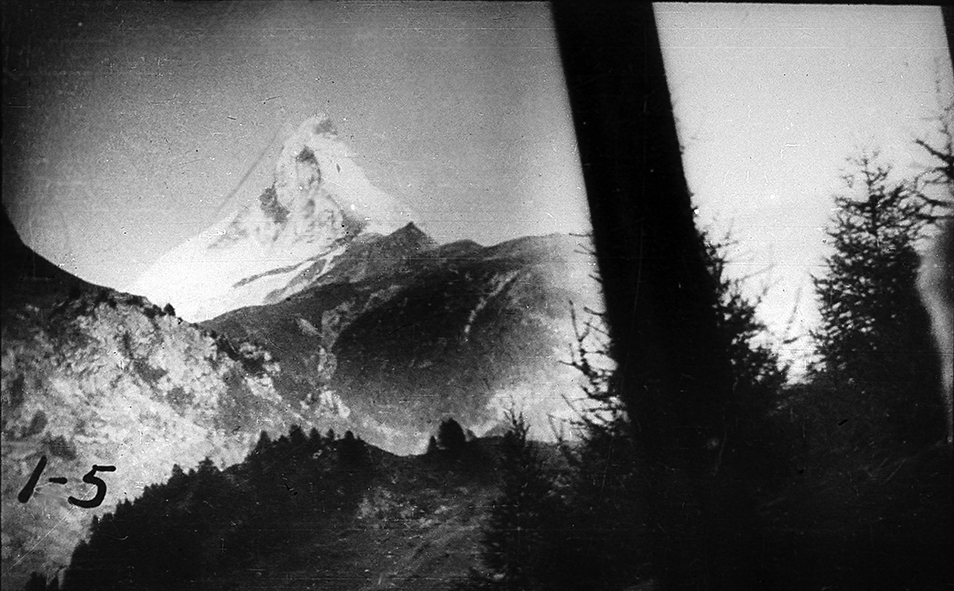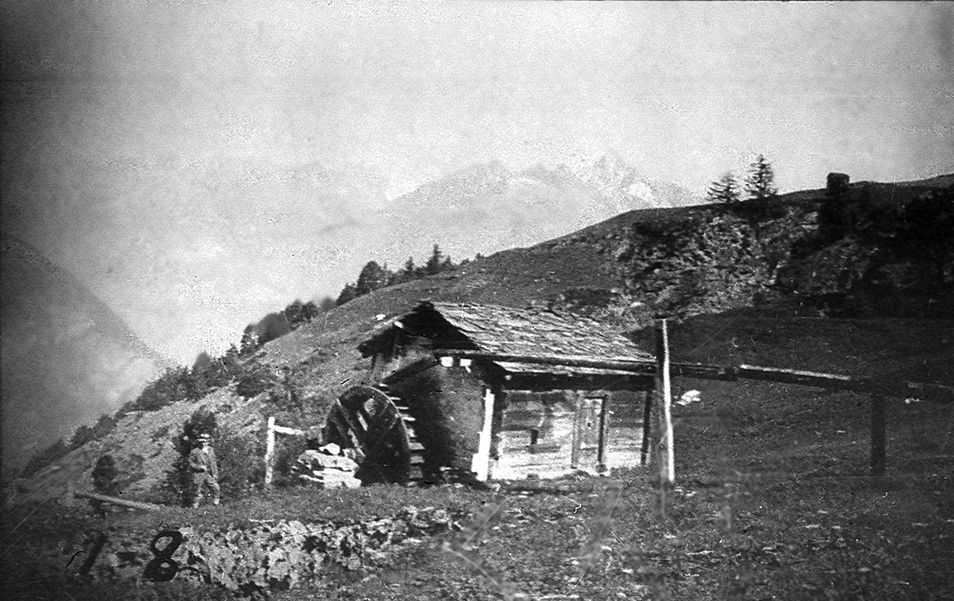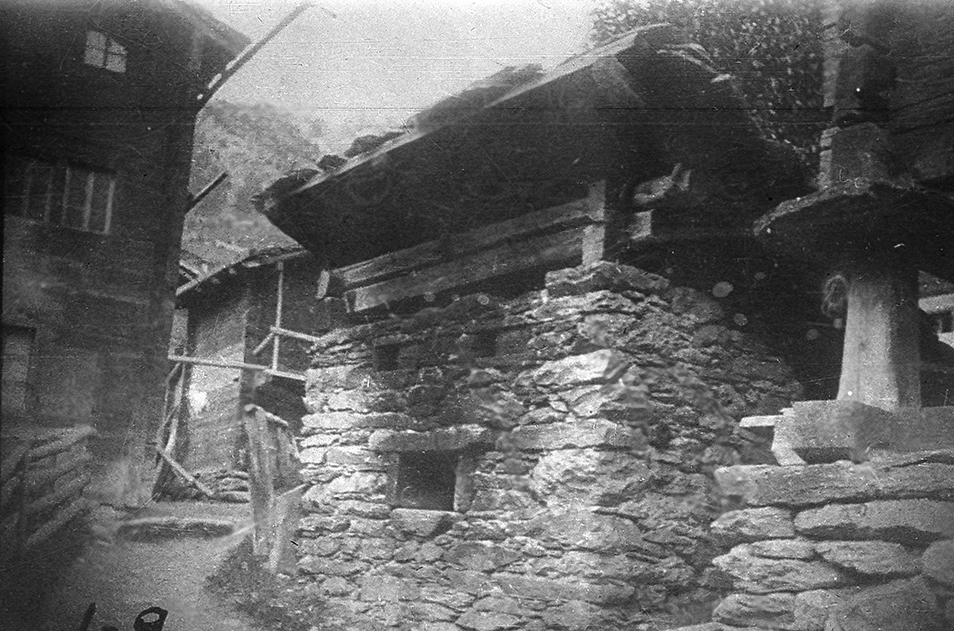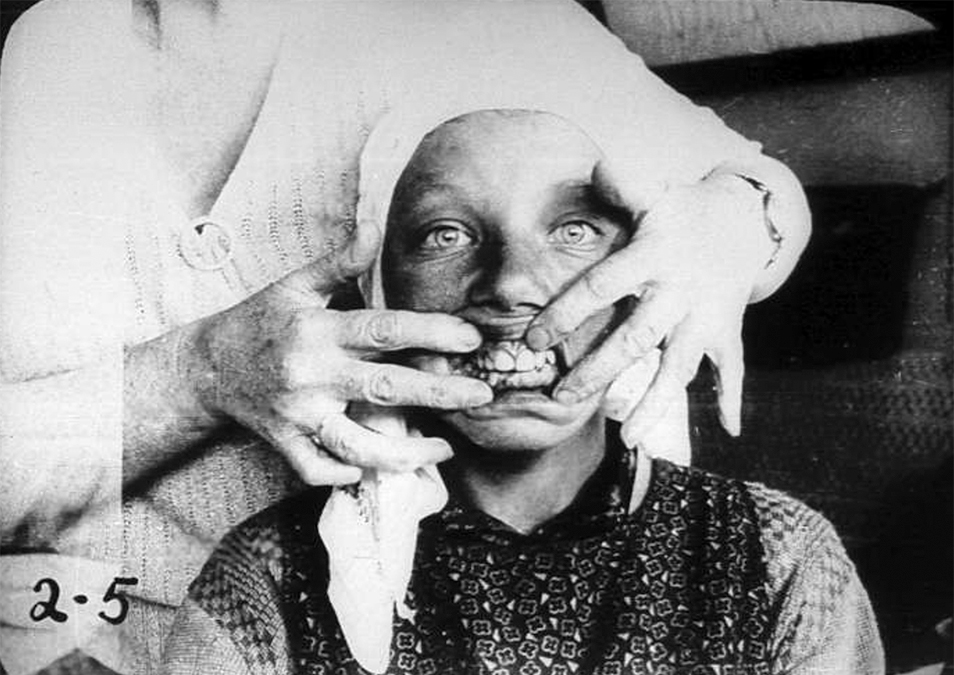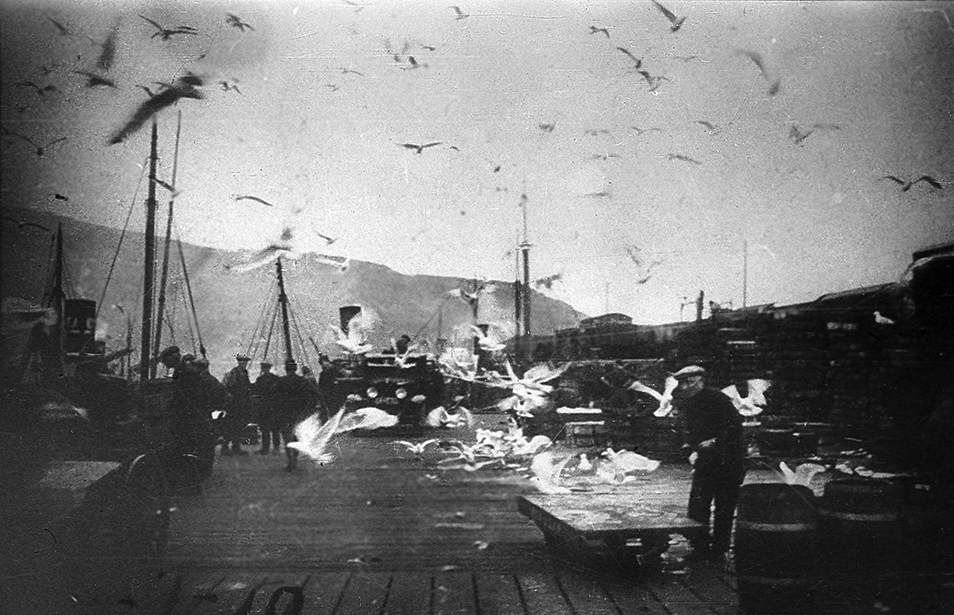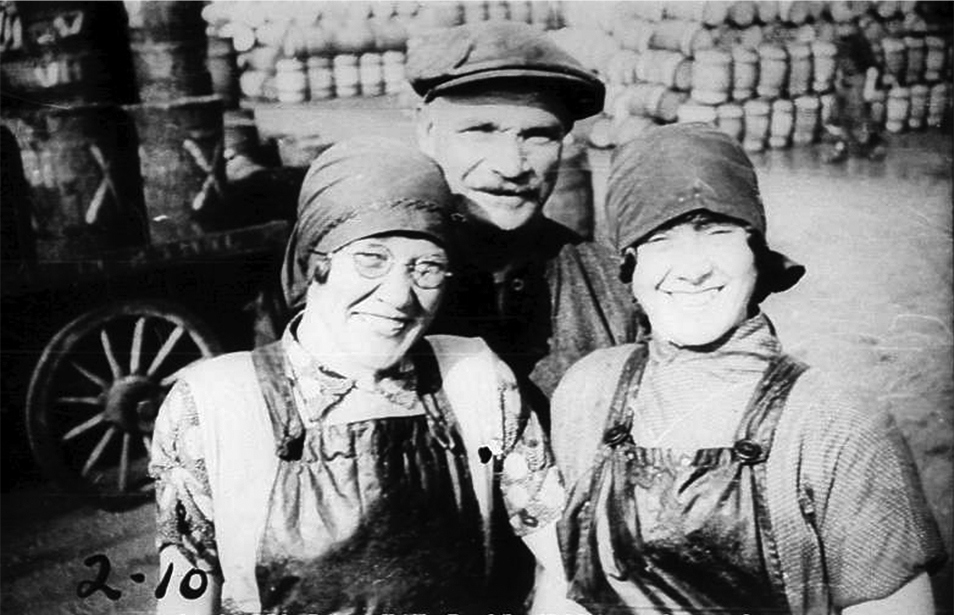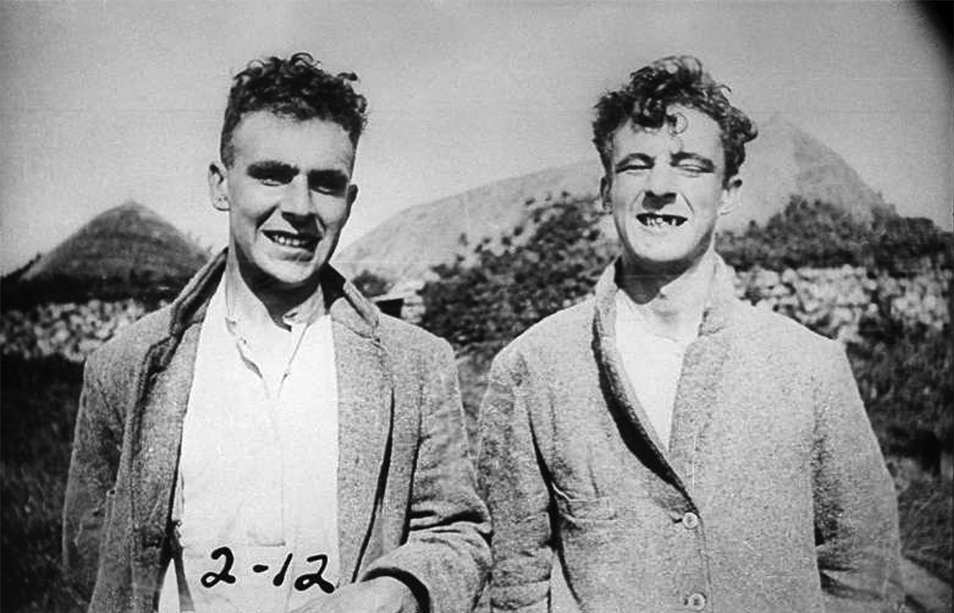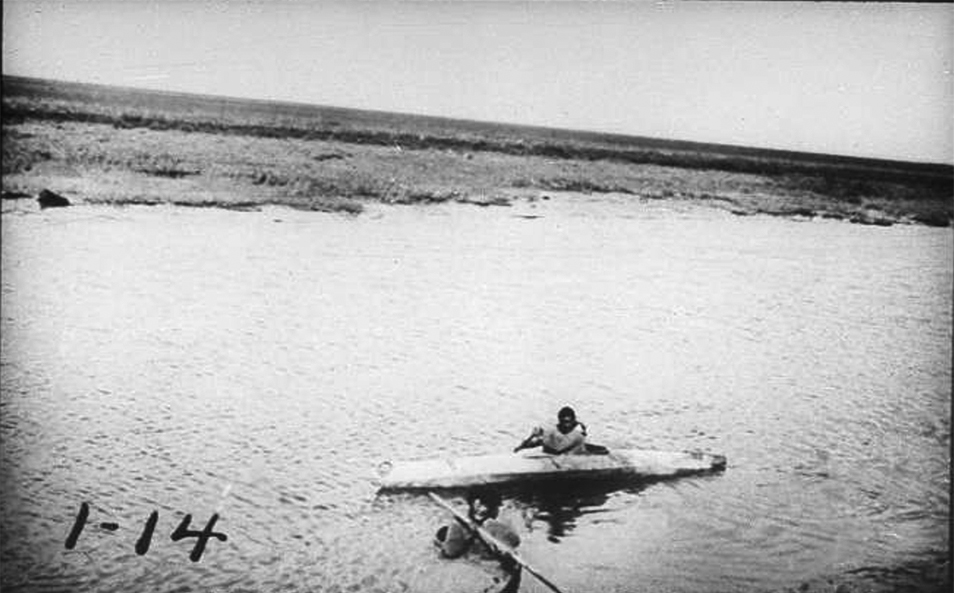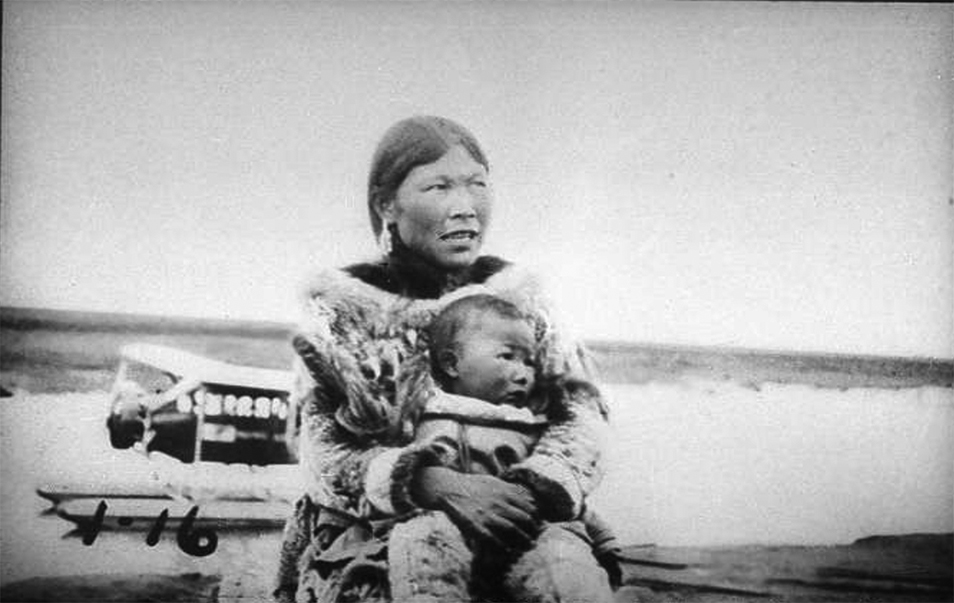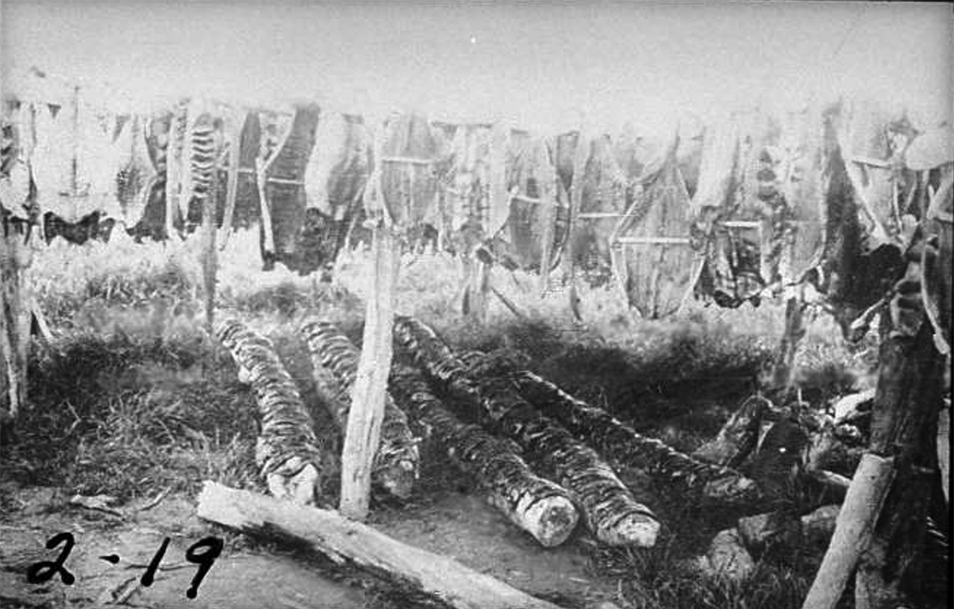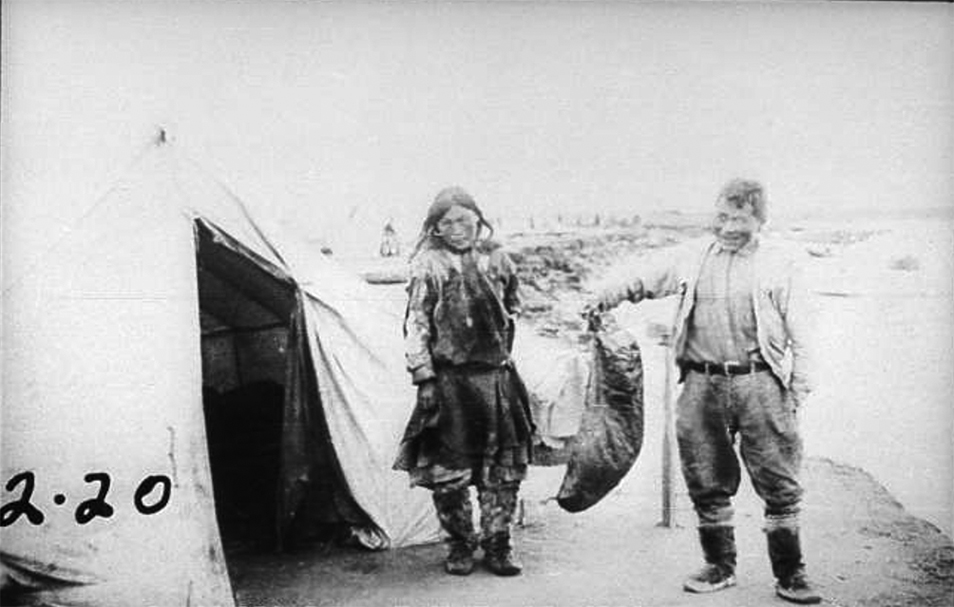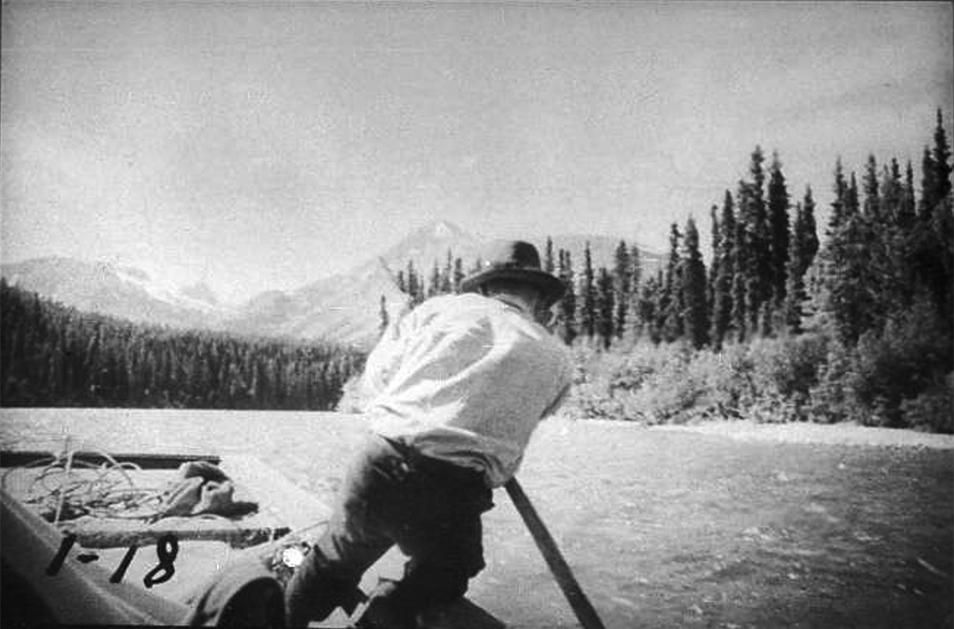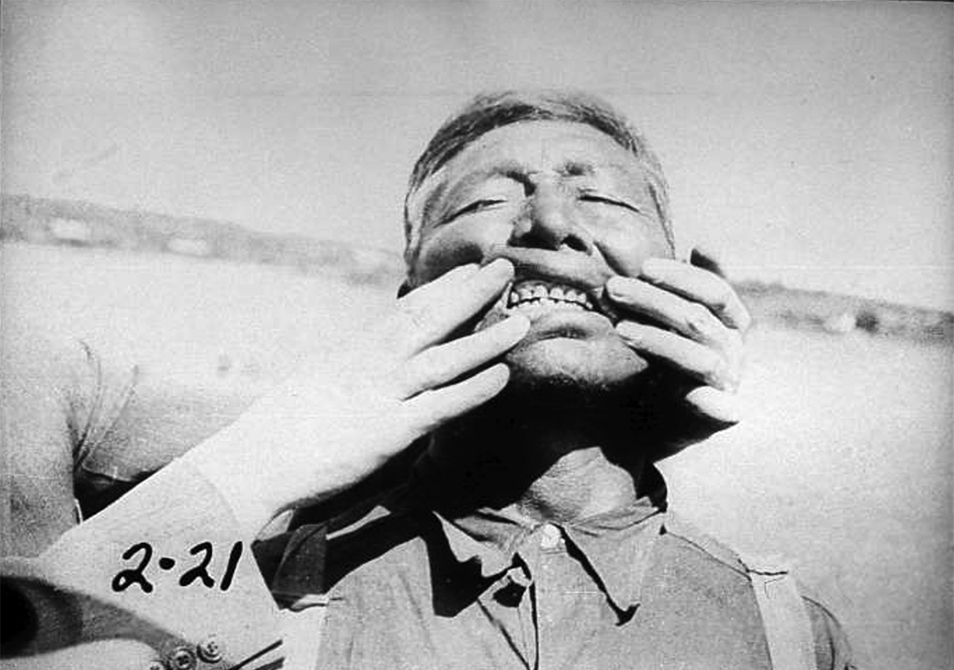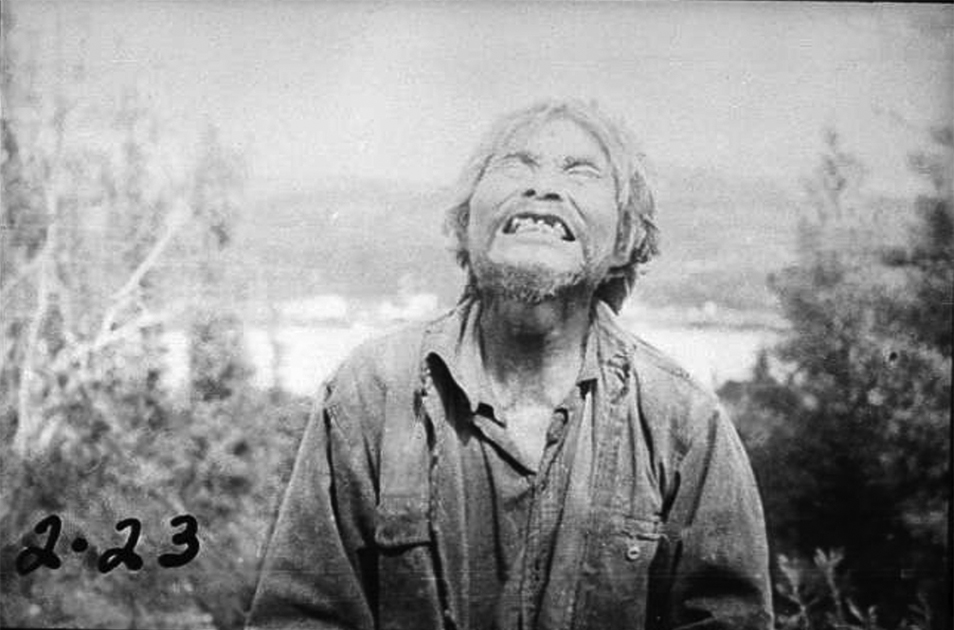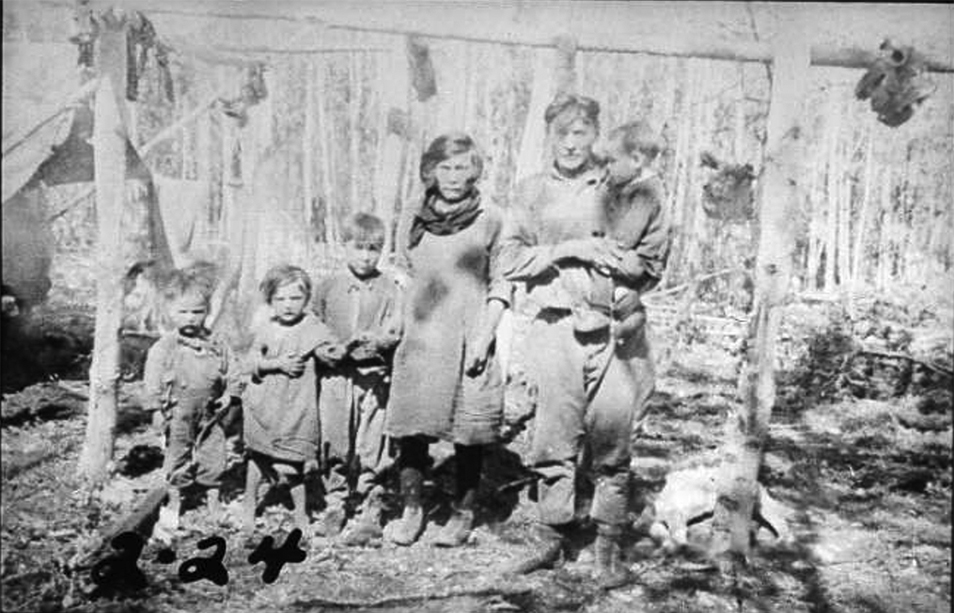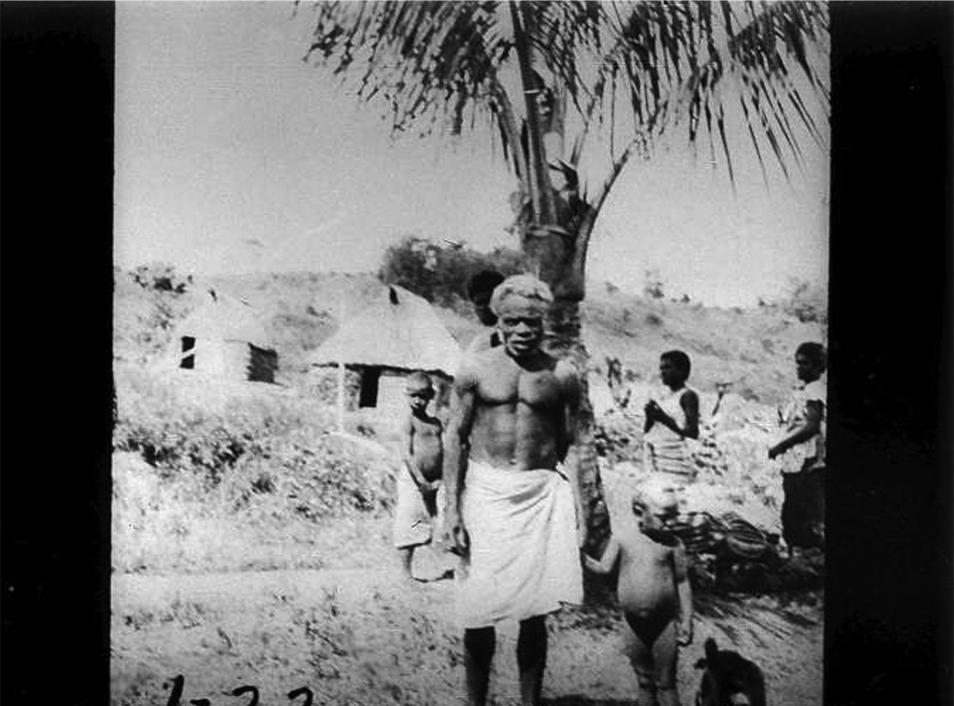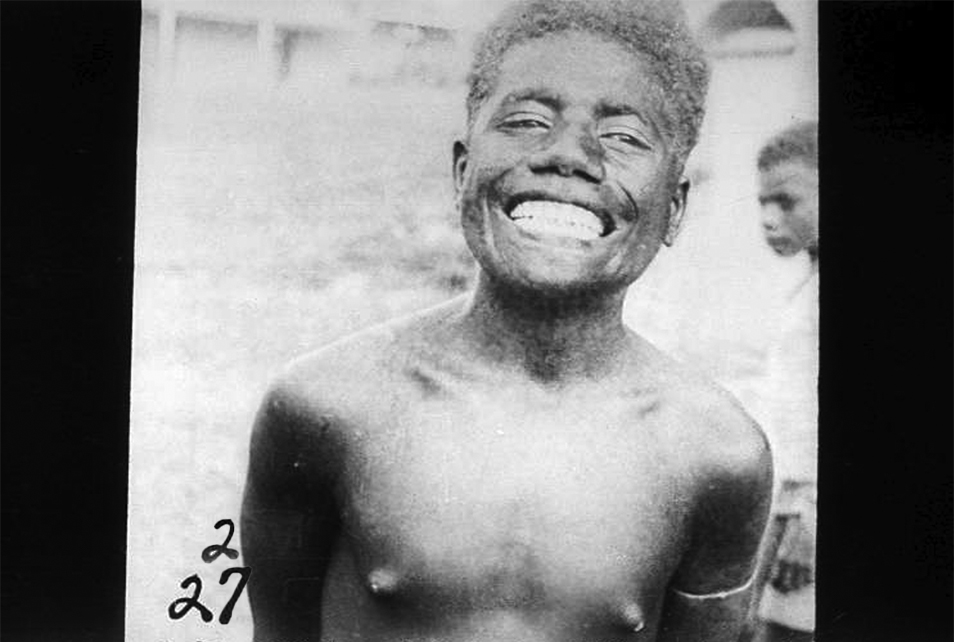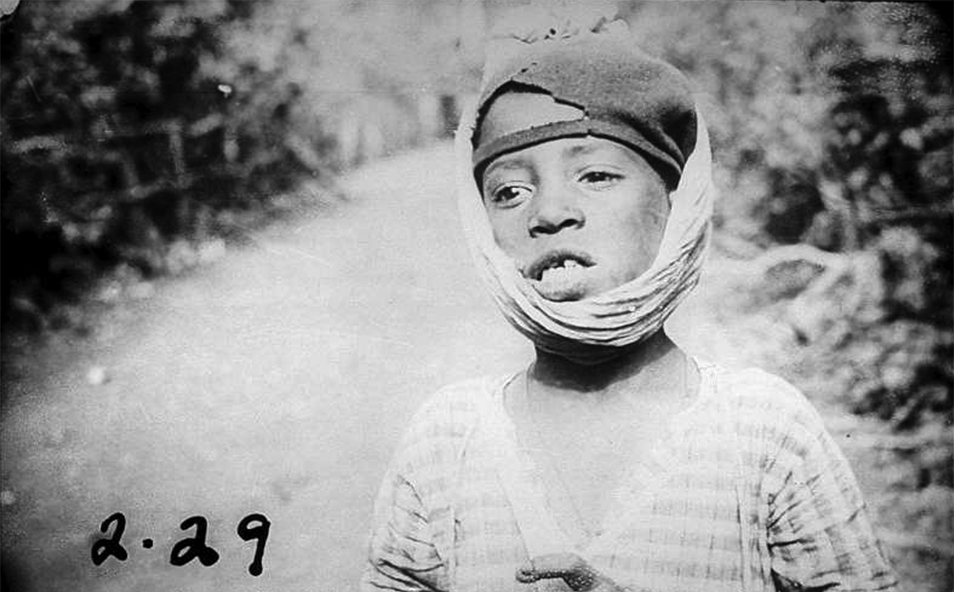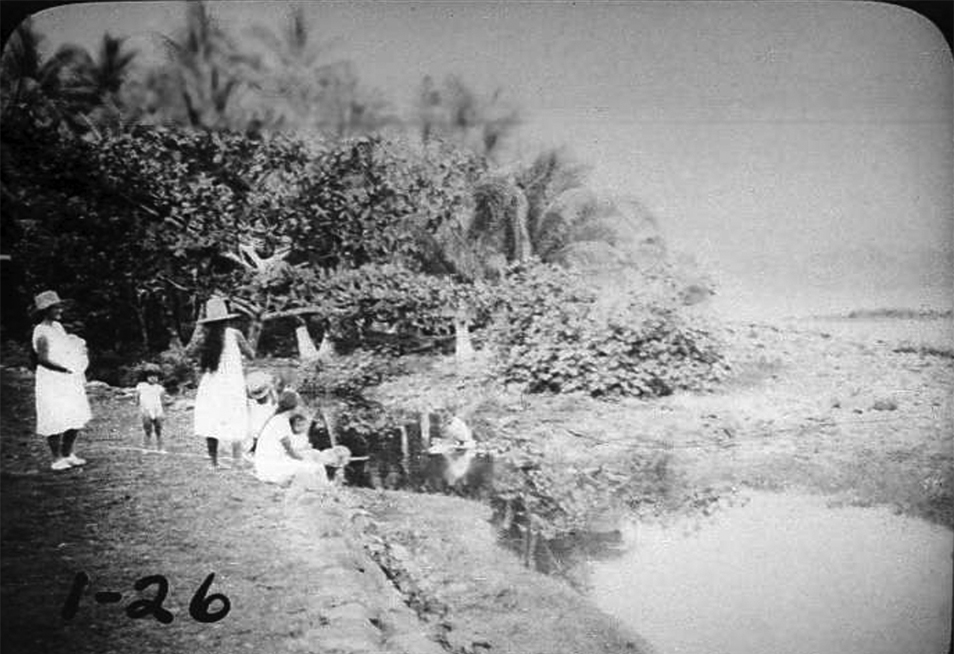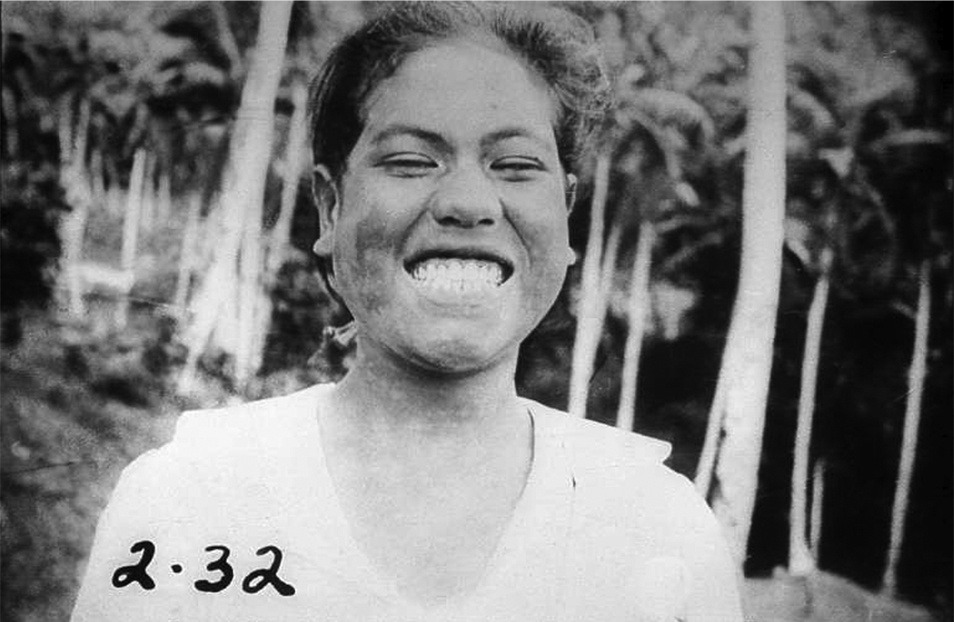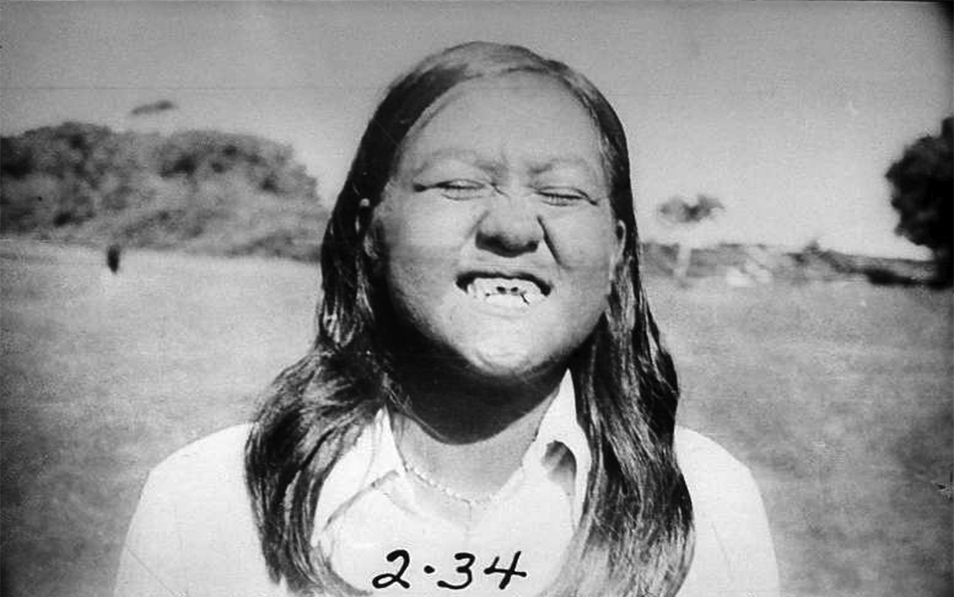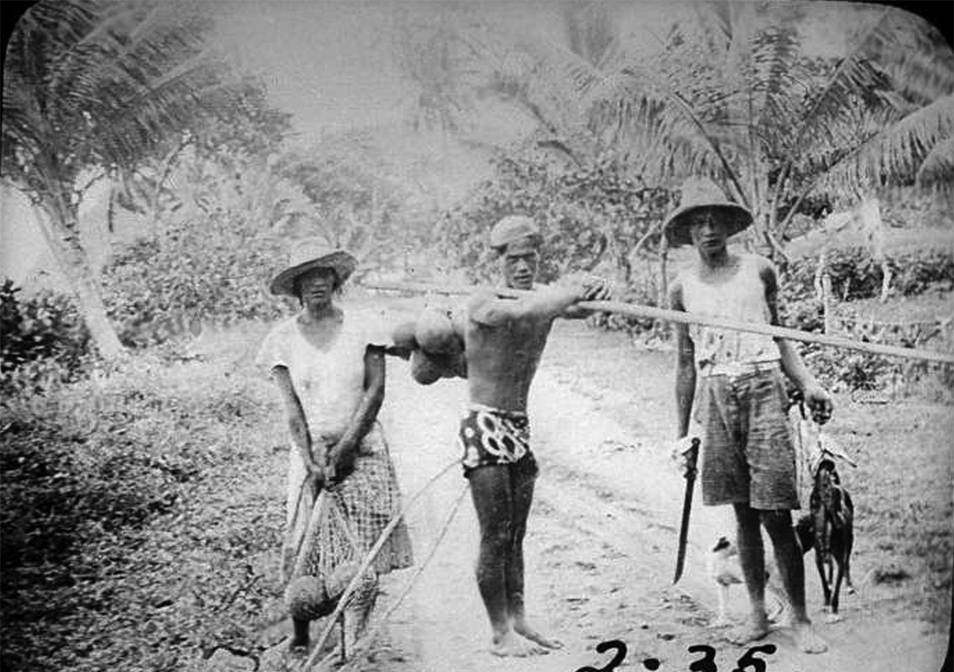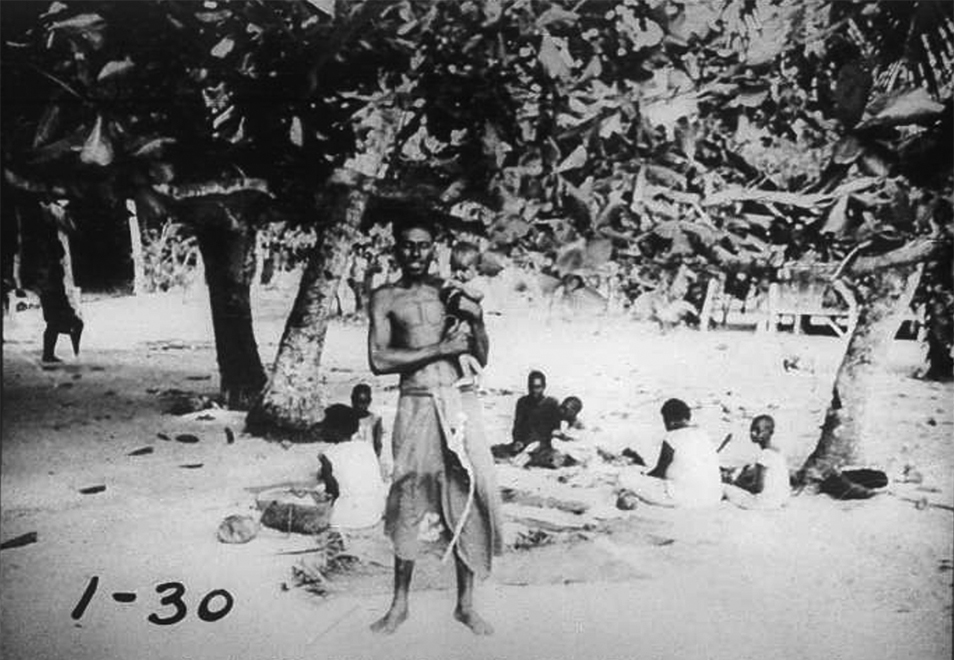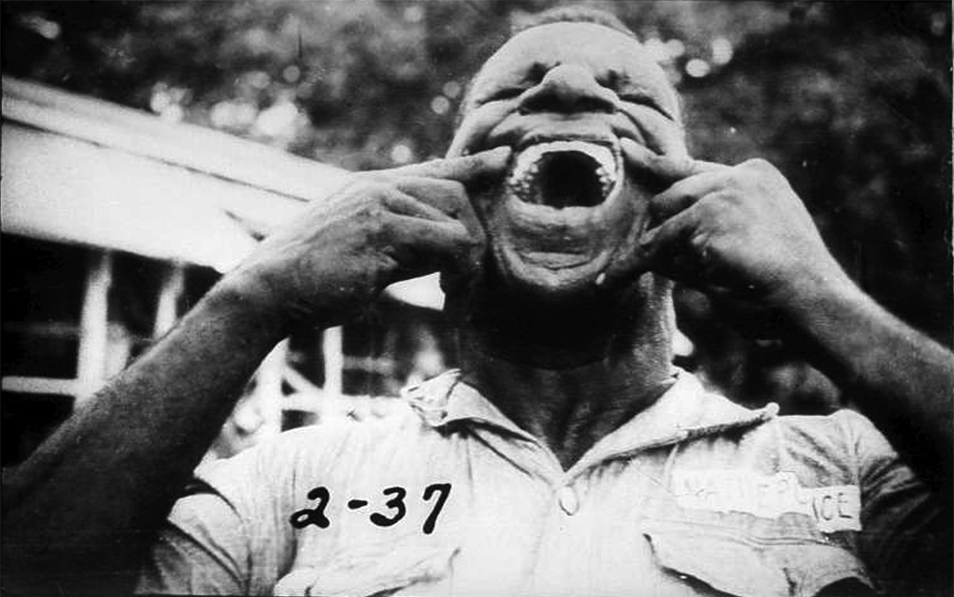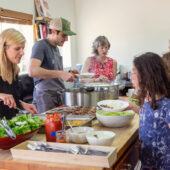Access to all articles, new health classes, discounts in our store, and more!
Excerpts from Historical Lectures on Physical Degeneration
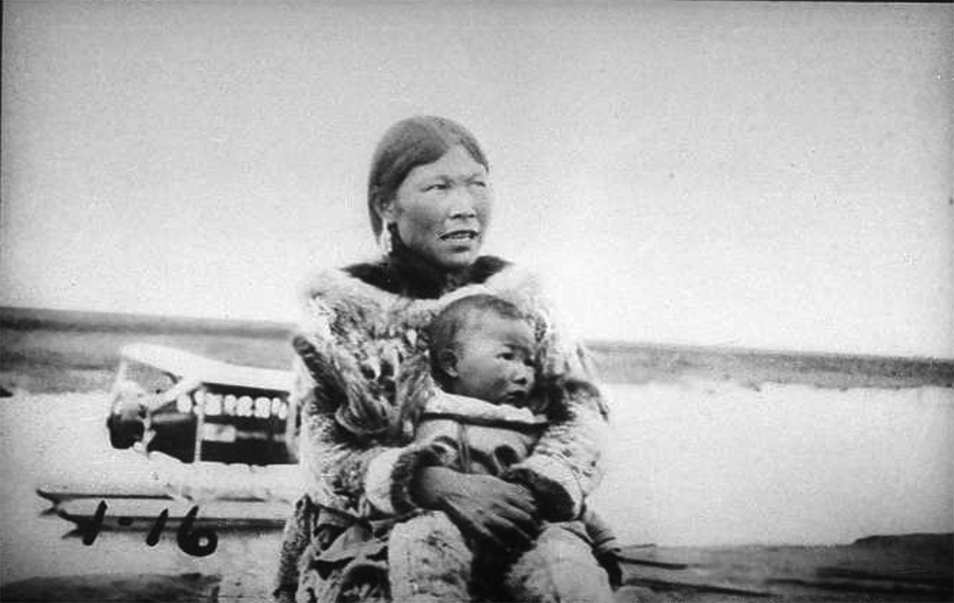
Dr. Price’s search for isolated communities living entirely on their indigenous foods took him to 14 countries over a ten-year period beginning in the 1930s. His studies occurred at a pivotal moment in history – one in which groups totally isolated from modern society could still be found, but which supplied a key modern invention, the camera, enabling him to document the superb physical condition of people yet to experience the industrial age.
In addition to the images that appear in his comprehensive book Nutrition and Physical Degeneration, Price took thousands of other photographs, using the technology of both film and glass lantern slides. He used a selection of his photographs in a series of seven lectures, titled “Light from Primitive Races on Modern Degeneration,” whose text and images have been preserved by Price-Pottenger. These lectures illustrate in an unforgettable way the physical degeneration that occurs when human communities abandon nourishing traditional diets in favor of modern convenience foods.
The following excerpts are taken from the first two lectures in this series. The text presents Price’s own words without editing, although the photos have been restored somewhat and are cropped slightly for presentation purposes. Please see the editor’s note at the end of this article regarding language usage as it pertains to ethnic and cultural groups. Additional excerpts from this lecture series will appear in future issues of the Journal of Health and Healing. – Editors
● ● ●
Intensive investigations have been made by many workers to find the chief contributing factors to modern physical degeneration. Those studies were made chiefly by an examination of the affected individuals. Many serious contagious diseases have been largely controlled; however, people continue to suffer and die from the degenerative diseases. My approach to this problem as presented in this series of lectures has been through a study of groups of individuals largely free from modern degenerative diseases for use as controls. Accordingly, groups have been examined both where protected by their isolation and where under the modernizing influences of the white civilization. This series of studies will be an illustrated review of changes found in primitive racial stocks resulting from the contact.
SWISS
The Swiss living in the protected high valley of the Alps have obtained practically all their requirements for excellent body building and health within the valleys in which they reside.
Here we have a view of the majestic Matterhorn on the continental divide between Switzerland and Italy. (Lecture 1, Slide 5)
For food the Swiss are dependent very largely on dairy products from cattle and goats and on rye bread. The rye was ground either in hand mills or water-driven stone mills as shown. (Lecture 1, Slide 8)
A typical community bake oven is shown which the families used in turns. Green foods and roots were available only in the short summer. Meat from their herds was used about once a week. This environment was adequate to produce fine physical development and a very high type of social organization. (Lecture 1, Slide 9)
The contrast in the condition of the teeth of the Swiss when living in the isolated high valleys and the families living in the plains country is very striking. In the isolated groups the average tooth decay would not be more than one cavity per individual. Many were studied who had no tooth decay.
The teeth and dental arches were found to be in splendid condition. In the plains country, however, near Lake Constance, the local records showed that practically every individual suffered from decaying teeth, many very severely. (Lecture 2, Slide 5)
GAELICS
In order to examine contrasting environments, we will next study the Gaelics living in the Outer Hebrides. These islands are in the midst of excellent fishing grounds.
Here we see a typical port scene with its fishing boats. Stornaway is the only port of the Isle of Lewis. (Lecture 1, Slide 10)
There is scarcely a tree on these islands except those that have been recently planted. The thatched houses are built with very thick walls of stone and earth. Peat constitutes their fuel. The thatch is smoked to be transferred to the fields for fertilizer. A typical so-called “black house” is shown here. They got this name from the smudge of smoke. (Lecture 1, Slide 11)
In the outer Hebrides, the efficient nutrition for preventing tooth decay consisted of an abundance of sea foods with fish of many kinds, and oats used as oatmeal porridge and oatcake.
The splendid teeth of the more primitive Gaelics is illustrated here. These girls lived on the Isle of Lewis. (Lecture 2, Slide 10)
This shows two boys; the older at the left has excellent teeth. He lived on the native diet of oat products and sea foods. His brother at the right used the imported white flour bread, sugar, jams and coffee shipped from the port about sixty miles away. These boys are on the isle of Harris.(Lecture 2, Slide 12)
These two groups, namely the Swiss and Gaelics, had very different environments and completely different native diets, both of which, however, proved adequate for preventing tooth decay.
ESKIMOS
The Eskimos of Alaska provide a very different environment from either of the two former groups. The bleak winds and extreme cold with absence of materials for building shelters required these people to develop great ingenuity for catching the large sea animals, whales, walrus, and seals, and a limited number of land animals.
Here we see two of their small kayaks used for fishing. These Eskimos have lived almost entirely on a meat diet for most of the year. They have been required in many places to build their shelters of snow and ice and depend upon burning the fat of the large animals of the sea for fuel. They apparently are living now in their isolation just as their ancestors did ten thousand years ago. They have mastered the cruel forces of Nature of the Arctic. (Lecture 1, Slide 14)
Their skill in making garments and success in building fine bodies are illustrated here. (Lecture 1, Slide 16)
Nineteen shows their method of drying the fish in the wind. The fish are often laden with sand which clings to their wet surfaces. On the logs below the hanging fish are the fish eggs being dried for food for the babies, young children, and mothers when raising families. (Lecture 2,
Slide 19)
We see an Eskimo and his wife. He is holding up a sealskin filled with seal oil. A sample of this oil brought to my laboratories for testing revealed it to be the richest source of vitamin A of any single food I have analyzed. Each piece of food, which consists largely of fish and large animals of the sea, is dipped in seal oil before being eaten. Only about one tooth per thousand teeth studied was found to have been attacked by tooth decay in isolated groups of Eskimos. At the port where a ship comes in, in the summer, to bring in imported foods, the incidence of tooth decay was two hundred forty times as great as in the isolated groups. (Lecture 2, Slide 20)
CANADIAN INDIANS
The Indians of the far north in Canada, like the Eskimos, cannot have dairy animals or fields of grain. They depend almost entirely on wild animal life for their food.
To find isolated Indians typical of the primitive stock, it became necessary to travel to the far north in Canada inside the Rocky Mountain Range into northern British Columbia and Yukon. The route selected was up the Stikine River to the end of navigation and then over the Rocky Mountain divide on a moose trail and northward toward the Arctic on the mountain streams, one of which is shown. (Lecture 1, Slide 18)
A typical Indian of the isolated region is shown in 21. His entire body build is superb, and his teeth are free from dental caries. In the most isolated Indian groups, the tooth decay was only about one tooth per thousand teeth. (Lecture 2, Slide 21)
At the point of contact with foods of modern civilization, however, where commerce goes up the Stikene River, four hundred teeth out of every thousand teeth studied were found to have been decayed.
Many of this man’s teeth are decayed to the gum line and he has lost his vigorous body build. (Lecture 2, Slide 23)
We see a typical Indian family living in the forest of the far north. Not one in the family had a decayed tooth. Around them we see the drying moose and caribou meat. They select the organs of animals in preference to all other foods and feed the muscle meat largely to the dogs. (Lecture 2, Slide 24)
The groups so far reviewed have lived in temperate or cold climates. We will next review residents of the islands of the Pacific near the Equator where the climate is hot and humid.
MELANESIANS
The first we will discuss are Melanesians. They include the Caledonians, Fiji Islanders and similar groups.
The Melanesians are a very strong and sturdy race, as illustrated in the splendid development of this man. The warm climate in which they live makes very little clothing and shelter necessary. (Lecture 1, Slide 22)
Here we see a group of women going to hoe in their gardens. They grow a species of lily called taro, which is similar to our modern elephant ears. They use the root as we use potatoes. It is grown in marshy bogs. (Lecture 1, Slide 25)
The Melanesians are skillful fishermen and good navigators.
A typical Melanesian boy is shown in 27. They have magnificently built bodies and beautiful teeth. Often less than one tooth in 100 people as studied on several of the islands has ever been attacked by dental caries. (Lecture 2, Slide 27)
Where the ships come into port and these people have come in contact with the white’s man sugar and white flour of commerce, their plight is often tragic.
Twenty-nine shows a typical scene of a child crying with abscessed teeth. This is the result of eating the white man’s sweet foods. I was frequently told that the only cause of suicide was abscessing teeth of the modernized groups. There are no dentists to go to for relief. They must suffer. (Lecture 2, Slide 29)
POLYNESIANS
The Polynesians live on several archipelagos of the Pacific Ocean in the vicinity of the Equator. They are physically well built and by nature very happy people.
In 26 is shown a group of Marquesans. Since the climate is so warm the year around, the thatched houses are built open on all sides with drop curtains for privacy and shutting out the light. (Lecture 1, Slide 26)
A typical Polynesian girl is shown in 32. Note her beautiful teeth. (Lecture 2, Slide 32)
Thirty-four shows a marked change. While the former lived on the native foods gathered from the sea and land plants and fruits, the white man’s boats are now carrying white flour, sugar, canned goods and jam, chiefly the first two, to the various islands, often to exchange for dried coconut meat or copra. In 34 we see a modernized Polynesian girl with her teeth badly decayed because she is living on the imported foods. (Lecture 2, Slide 34)
A splendid illustration of the management of the food problem in a Polynesian family is shown in 35. The father, mother and son are out gathering the day’s food supply. The mother is carrying home breadfruit. The father is carrying coconuts and the son is carrying a string of fish. They will probably have from their garden, taro, a species of lily of which they use the root like we use potato. The young taro tops are also used. This makes splendidly balanced nutrition competent to prevent tooth decay and many other evidences of degeneration. (Lecture 2, Slide 35)
MALAYSIANS
The Malaysian races living on islands north of Australia have superb bodies. They have well-developed tribal and social organizations.
As illustrated here, they live largely in the open, in the shade of the wide spreading trees of their coral and volcanic islands. (Lecture 1, Slide 30)
Another member of the tribe on this island is shown in 37. Note the wonderful dental arch and magnificent teeth made possible by their selection of splendid foods which consist largely of animal life from the sea eaten with the plants and fruits of the land which they carefully cultivate. (Lecture 2, Slide 37)
Modernized stores have been placed on many other islands within the last few years with the result that tooth decay has become rampant.
We see in 38 the distressing effect of tooth decay, typical of the people that live at the ports on the poor foods of commerce. (Lecture 2, Slide 38)
More excerpts from Dr. Price’s lecture series will appear in upcoming issues of this journal.
Editors’ note: Since the era in which these lectures were given, society’s understanding of respectful terminology when referring to ethnic and cultural groups has evolved, and some readers may be offended by references to “primitive races” and other out-of-date language. However, we have chosen to use Dr. Price’s exact words in the interest of authenticity. No disrespect to any ethnic or cultural group is intended.
Published in the Journal of Health and Healing™
Summer 2023 | Volume 47, Number 2
Copyright © 2023 Price-Pottenger Nutrition Foundation, Inc.®
All Rights Reserved Worldwide

